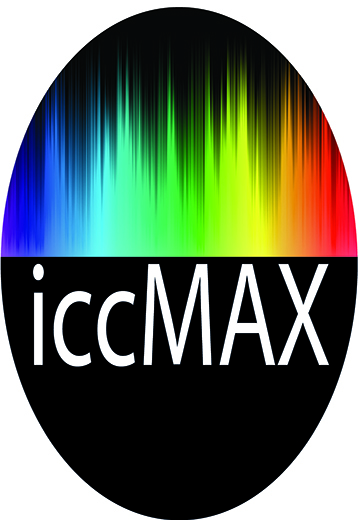INTERNATIONAL COLOR CONSORTIUM (original) (raw)
INTERNATIONAL COLOR CONSORTIUM
The purpose of the ICC is to promote the use and adoption of open, vendor-neutral, cross-platform color management systems.
The ICC encourages vendors to support the ICC profile format and the workflows required to use ICC profiles.
The v4 ICC specification is widely used and is referred to in many International and other de-facto standards. It was first approved as an International Standard, ISO 15076-1, in 2005 and revised in 2010.
This site contains information about the ICC specification and about color management generally!
DevCon 2020: The Future of Color Management

The International Color Consortium Developers Conference ICC DevCon2020 was held on-line as a series of webinars during November 2020 and January 2021. Slides and recordings of the event are all available.
iccMAX enables new ways of openly communicating about light, color and appearance.
The iccMAX specification was approved by the ICC Steering Committee in July 2016, and was published as ISO 20677 in February 2019.
According to William Li, ICC Co-Chair and Kodak Color Technology Manager, "iccMAX is a major expansion of the original ICC profile format. Users will no longer be constrained by the need to base everything on a standard D50 light source, by the lack of support for spectral data, or by the inability to use 3D measurements." He added, "The result is a next-generation colour management system, together with a reference implementation, that will aid companies in quickly developing solutions for their market segment."
The current version of the specification is Version 4.4. Color management products are now mostly v4 compatible, and vendors are strongly urged to upgrade their products to be compatible with the v4 specification and its Perceptual Reference Medium Gamut. The v4 menu above provides links to documents and resources on the v4 specification, including a summary of the main advantages of the v4 specification, and the reasons to use v4 profiles in colour workflows.
The v2 specification is still supported and recommendations on making v2 profiles that can interoperate in v4 workflows are provided.
Profile creation software that will produce profiles that conform to v4 are listed in the Profiling Tools page, and applications that will utilize them are widely available.
